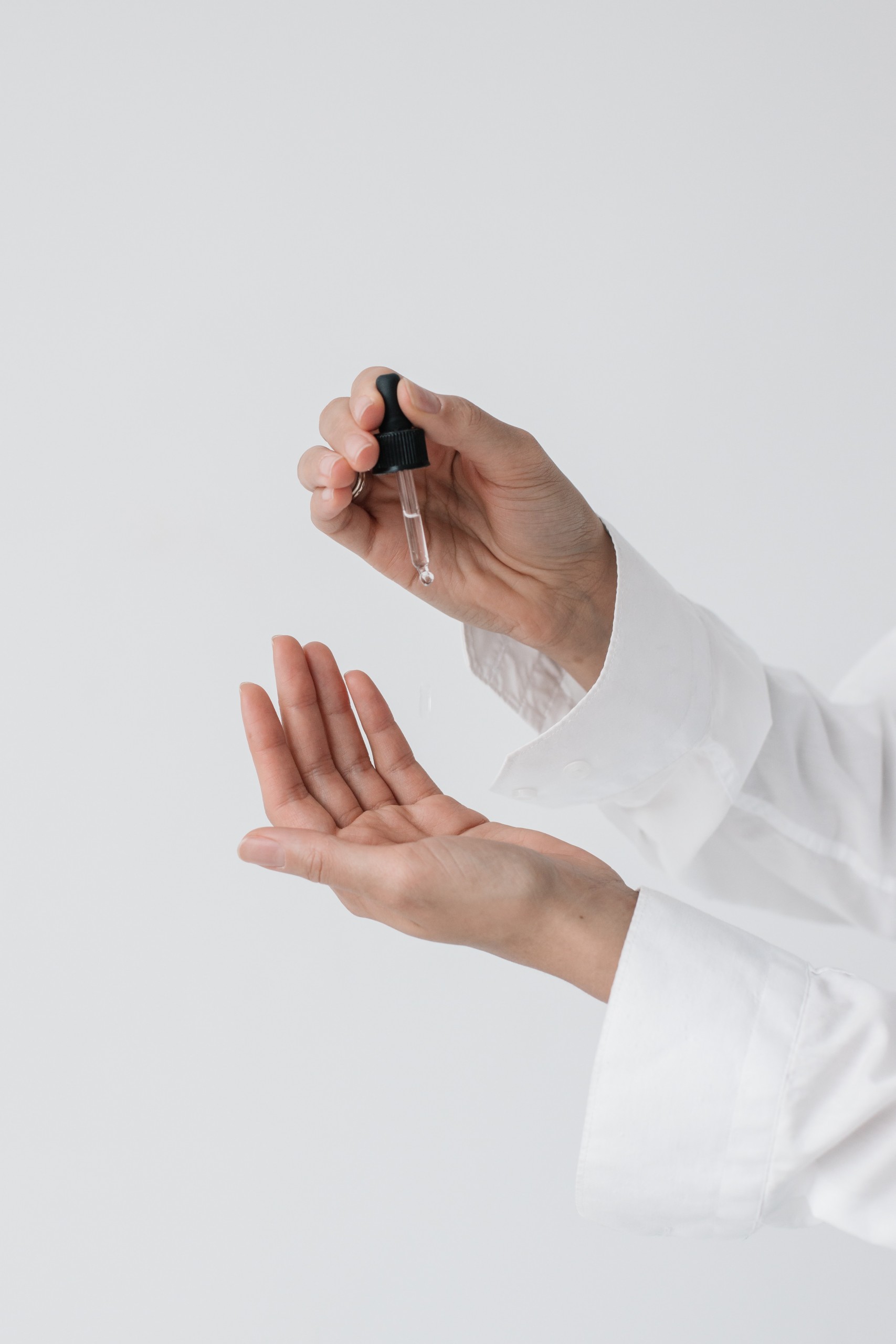
Awareness about the composition of cosmetic products continues to grow. Going shopping at the drugstore, we have in the back of our minds the thought that “the shorter the composition, the better”. Is it really so? What ingredients in your favorite cream should raise suspicion?
In other words, preservatives that can cause contact dermatitis. These toxic chemicals are most commonly found under the trade names Germal II and Germal 115
This substance was created to soften fabrics in the textile industry. Over time, it began to be added to hair creams and conditioners because it is much cheaper than proteins or herbs. It can cause allergic reactions
An extremely popular substance that removes grease and causes cosmetics to foam. It is added to shampoos, bath gels and lotions, dishwashing liquids and laundry detergents. In contact with the skin, it can cause skin rashes and eye irritation, as well as dandruff and hair loss.
Although it is well known that these ingredients are toxic and that they cause allergic rashes, they are still used to extend the shelf life of products and inhibit bacterial growth
The presence of petroleum jelly in this list may come as a bit of a surprise – after all, it is widely known as a moisturizing and UV-protective ingredient. However, the opposite is true. As a mineral oil, petroleum jelly can aggravate sunburn and lead to skin irritation
These ingredients can cause respiratory problems in sensitive individuals. These are petroleum-based ingredients that are added to hairsprays, among other things
This substance is used as a replacement for glycerin. It is usually a mixture of synthetic chemicals that are supposed to keep the skin moisturized. Propylene glycol can cause allergic reactions in the form of rashes and irritated skin
Some ingredients are simply essential in cosmetics. Their function is usually to maintain the consistency of the product or to keep it fresh
They are responsible for the proper functioning of the product. These may be active substances of plant origin, active peptides, antibacterial, anti-inflammatory, exfoliating substances, etc.
They make up the bulk of the cosmetic and are responsible for the appropriate form of the preparation – a gel, emulsion, cream, etc. For this purpose, the most commonly used are water, alcohol, emulsifiers and silicones
Water is the main component of most cosmetics on the market. It must have appropriate purity and be chemically and microbiologically tested
They are in cosmetics to dissolve other active substances. The most common and safest solvent is water
Emollients are substances, which are responsible for softening the skin and smoothing the epidermis. Vaseline, paraffin oil and liquid waxes, among others, are often used for this purpose
Without thickeners, cosmetics would not have the appropriate density. They can be, for example, polysaccharides or polyacrylates. They can also be fatty thickeners
Read also: https://minishing.com/beauty/do-you-feel-a-sticky-residue-on-your-skin-after-using-moisturizer-and-your-skin-is-glowing-you-should-definitely-change-your-skin-care-products/
Main photo: Pavel Danilyuk/pexels.com